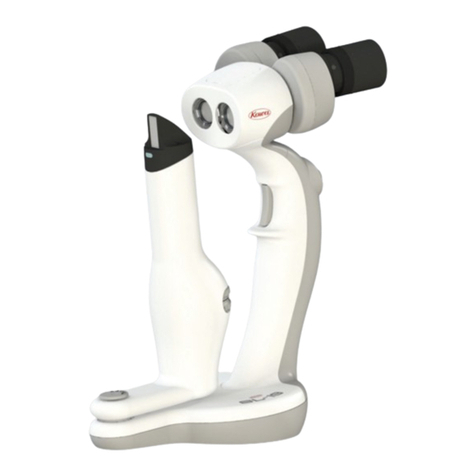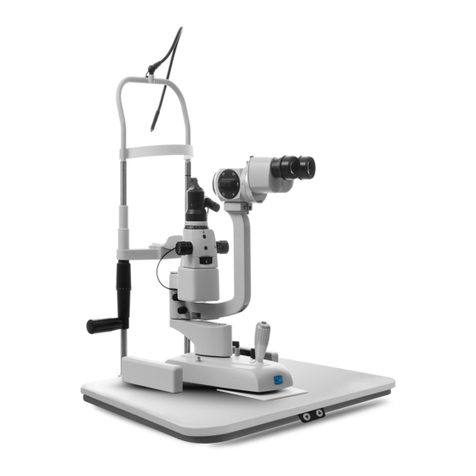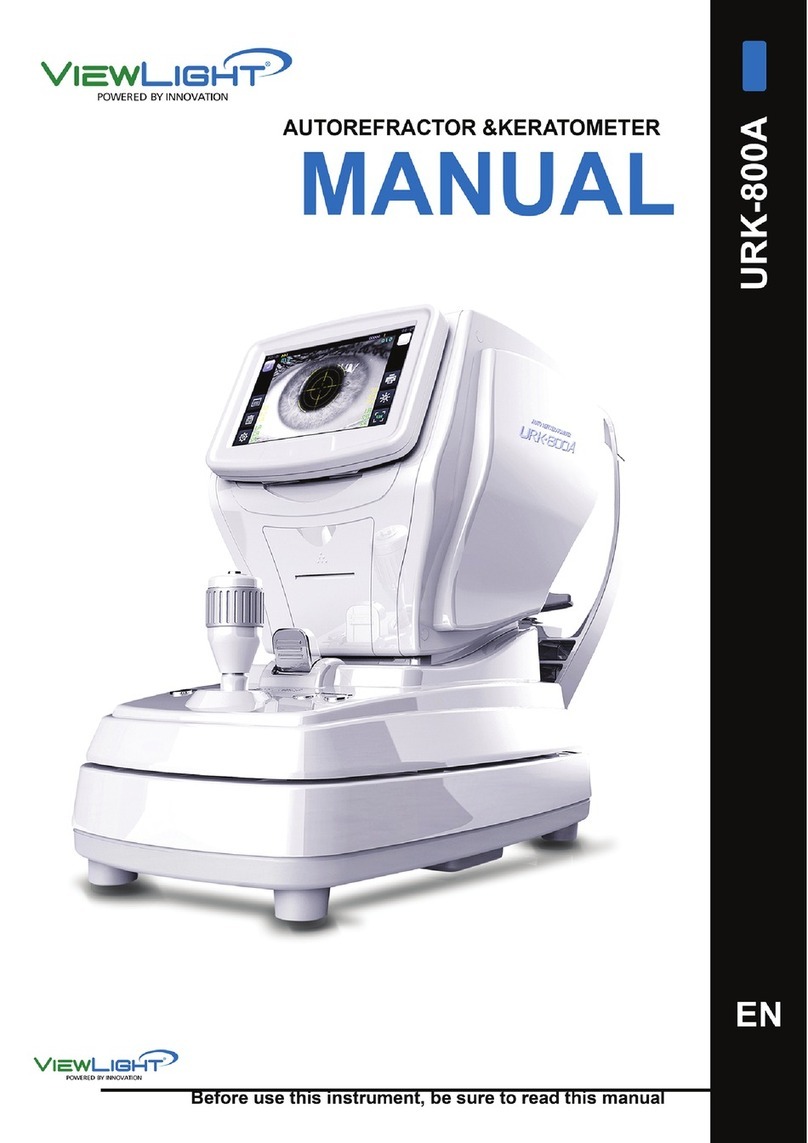
Warnings are intended to alert you to importance of following the correct operating
procedures where risk of injury to the patient or system user exits.
This is Class I equipment equipments for CE-Regulation 93/42/EEC, Class II for FDA
Classification to avoid risk of electric shock. This equipment must only be connected
to supply mains with protective earth.
No modification of this equipment is allowed.
Use only the type of power source that indicated on label.
Connect the Equipment to properly grounded power outlets.
Unplug the Equipment before servicing / cleaning it.
Confirm the AC power cord meets the relevant local safety standards.
Don’t use damaged power cord.
Only trained personal can handle the equipment.
Remove the plug of Equipment from wall outlet before changing the Fuse.
Check the electrical connections periodically; any defects noticed, like loose
connections, damaged to insulation in the electrical wires etc., should be rectified
immediately.
“Because prolonged intense light exposure can damage retina, the use of the device for ocular
examination should not be unnecessarily prolonged, and the brightness setting should not exceed
what is needed to provide clear visualization of the target structures. This device should be used
with filters that eliminate UV radiation (<400 nm) and, whenever possible filters that eliminate short-
wavelength blue light (<420 nm). The retinal exposure dose for a photochemical hazard is a product
of the radiance and the exposure time. If the value of the radiance were reduced in half, twice the
time would be needed to reach the maximum exposure limit.
INTENSITY WARNING (PHOTO TOXICITY INFORMATION)
While no acute optical radiation hazards have been identified for slit lamps, it is recommended that
the intensity of light directed into the patient’s eye be limited to the minimum level which is
necessary for diagnosis. Infants, aphakes and persons with diseased eyes will be at greater risk.
The risk may also be increased if the person being examined has had any exposure with the same
instrument or any other ophthalmic instrument using a visible light source during the previous 24
hours. This will apply particularly if the eye has been exposed to retinal photography.”
If the customer needs any calibration please send the equipment for calibration purpose.
Calibration process
TRAINING REQUIREMENT
The equipment is expected to operate by ophthalmic Doctors only. If at all it is used by Viewlight
technician they should by trained well in usage of this equipment.
well trained the personal if required.
05
































